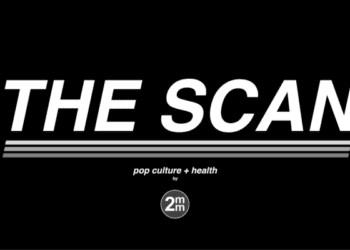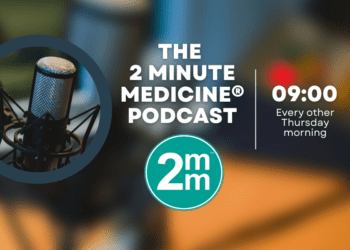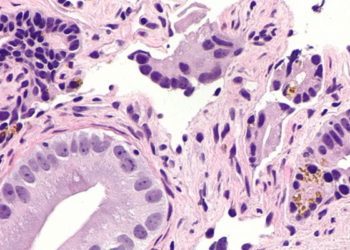#VisualAbstract: Mixed vaccination with ChAdOx1-S followed by BNT162b2 induces a robust humoral immune response
- Levels of antibodies against the trimeric spike protein and receptor-binding domain were 36- and 77-fold higher in the BNT162b2 group compared to control.
- There were no vaccine-related serious adverse events.
Evidence Rating Level: 1 (Excellent)
Study Rundown: Current research on COVID-19 vaccination has revolved around a homologous dosing schedule (administering the same vaccine sequentially). With supplies becoming scarce globally, the need to interchange COVID-19 vaccines is growing. Until now, limited research has been conducted to assess the effect of a heterologous COVID-19 vaccine schedule in humans. This open-label randomized controlled trial aimed to assess the safety and efficacy of a second dose of BNT162b2 (Pfizer-BioNTech mRNA vaccine) in patients who received a first dose of ChAdOx1-S (AstraZeneca vaccine) approximately 8-12 weeks prior to study enrollment. Primary outcome for this study was immunogenicity to SARS-CoV-2 trimeric spike protein and receptor binding domain (RBD), measured by immunoassay at 14 days after second vaccination. Secondary outcome included neutralizing antibody titers, measured by neutralization assay at two weeks. According to study results, IgG titers against the spike protein and RBD antibodies both increased from baseline to day 14 in the BNT162b2 booster group. There were no serious vaccine-related adverse events. This study was strengthened by a randomized trial that sampled a large group of individuals from multiple hospitals in Spain.
Click to read the study in The Lancet
Relevant Reading: Safety and Efficacy of the BNT162b2 mRNA Covid-19 Vaccine
In-depth [randomized controlled trial]: Between Apr 24-30, 2021, 678 patients were assessed for eligibility across five university hospitals in Spain. Included patients were ≥18 years of age who previously received the ChAdOx1-S COVID-19 vaccine 8-12 weeks before screening. Altogether, 676 patients were enrolled and randomized, of which 673 completed the study to day 14 (448 assigned to BNT162b2: 441 in immunogenicity analysis vs. 448 in reactogenicity analysis, and 226 assigned to control: 222 included in immunogenicity analysis). Mean age among enrolled patients was 44 years (standard deviation [SD] 9) and the majority (n=382, 57%) were women.
The primary outcome of IgG antibodies against SARS-CoV-2 spike protein in the intervention group was substantially greater at day 14 (3684.87 BAU/mL, 95% confidence interval [CI] 3429.87-3958.83) than at baseline (98.40 BAU/mL, 95% CI 85.69-112.99). This was also true for mean titers of RBD antibodies (7756.68 BAU/mL, 95% CI 7371.53-8161.96 at day 14 vs. 71.46 BAU/mL, 95% CI 59.84-85.33 at baseline, p<0.0001). The intervention-to-control ratio was 36.41 (95% CI 29.31-45.23) for trimeric spike protein and 77.69 (95% CI 59.57-101.32) for RBD protein. The secondary outcome of neutralizing antibodies was measured in both the intervention (BNT162b2) and control group. Geometric mean titers of neutralizing antibodies were significantly higher in the intervention group (1905.69 , 95% CI 1625.65-2233.98) compared with control (41.81, 95% CI 27.18-64.32, p<0.0001), at day 14 of BNT162b2 vaccine. There were no serious vaccine-related adverse events. Overall, findings from this study suggest that BNT162b2 may serve as an appropriate second dose in patients primed with ChAdOx1-S.







